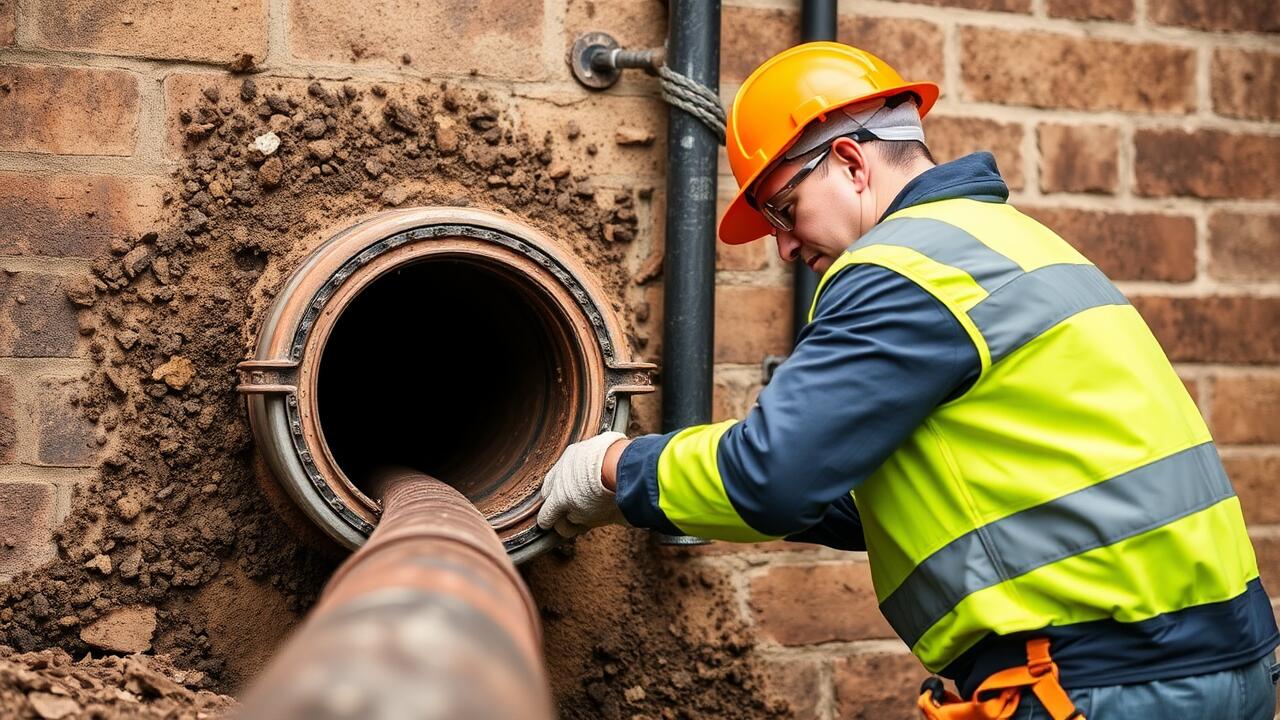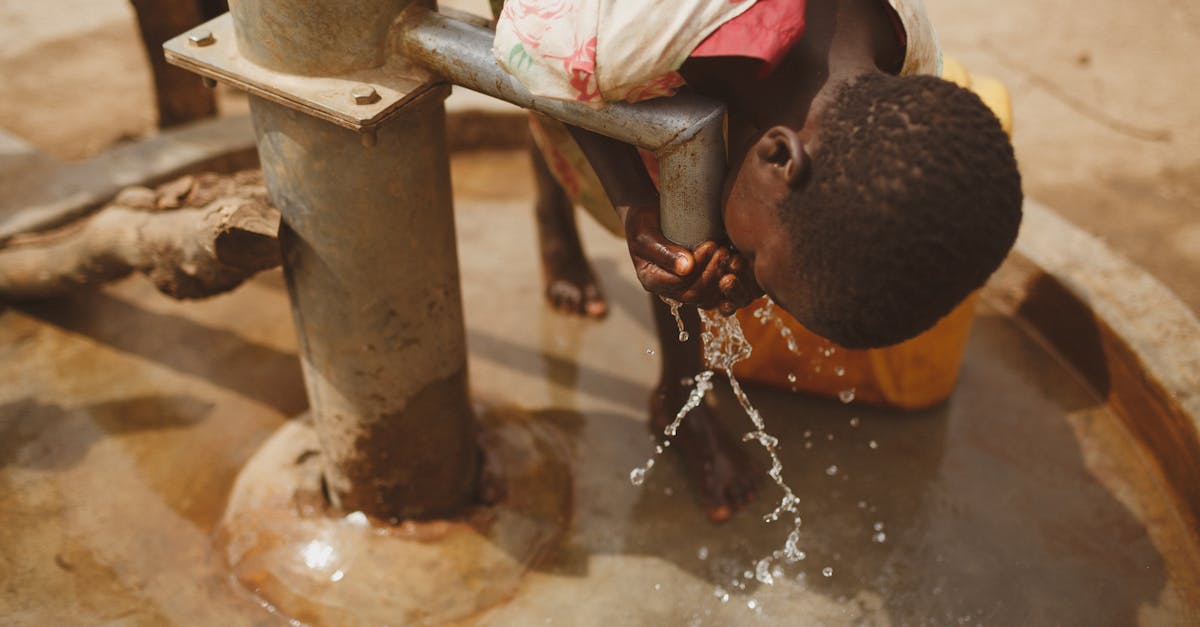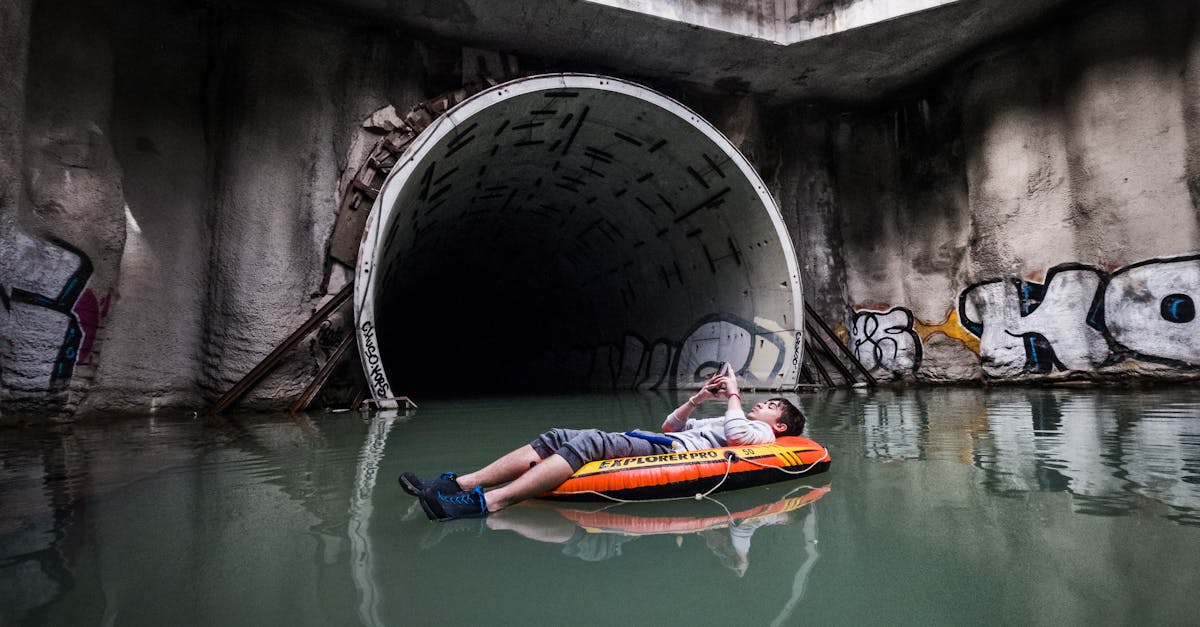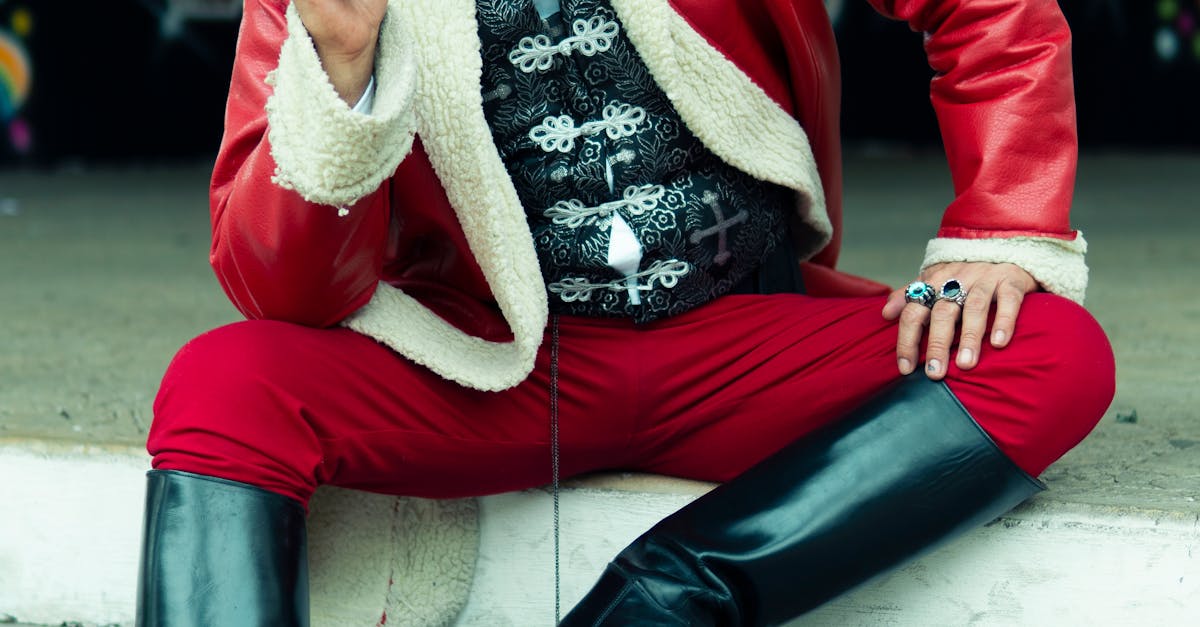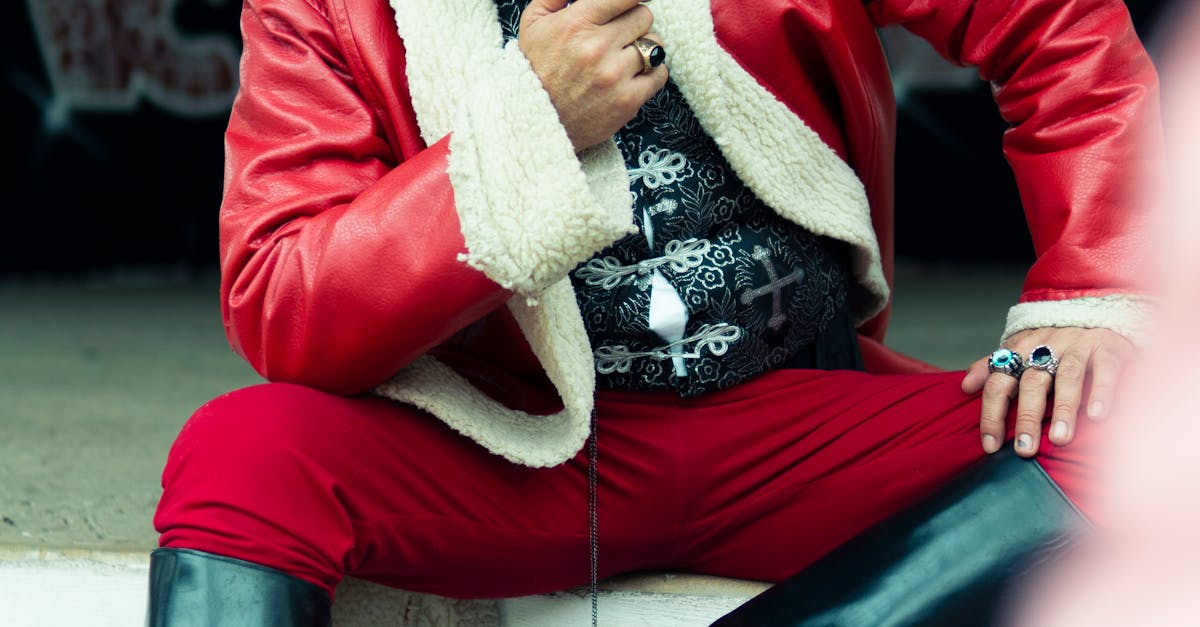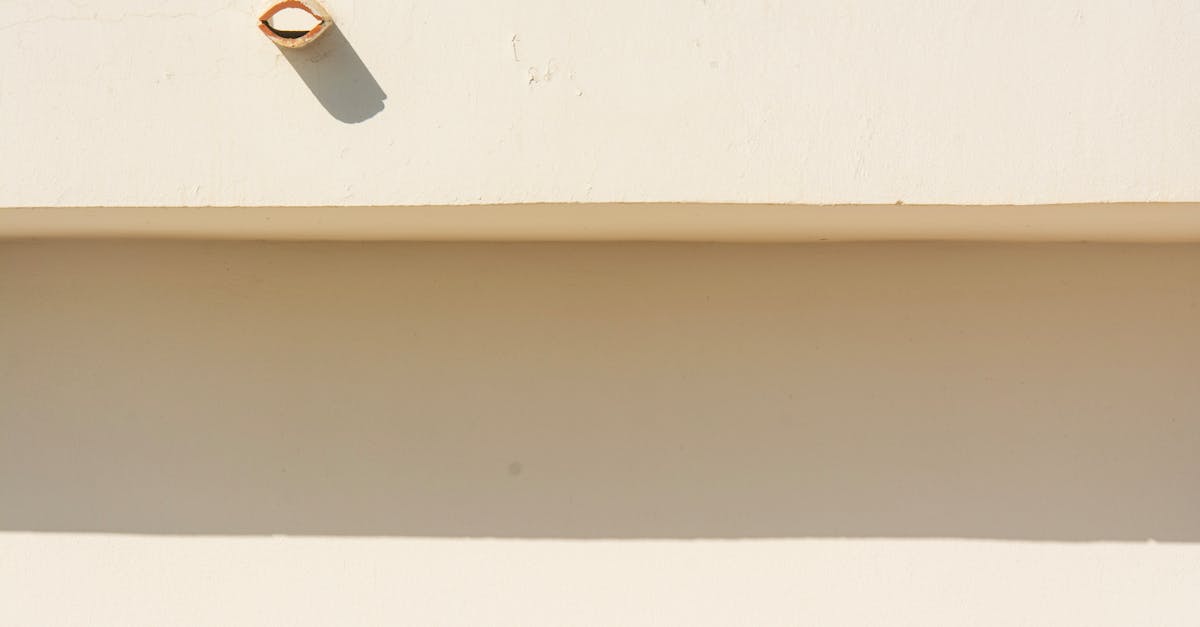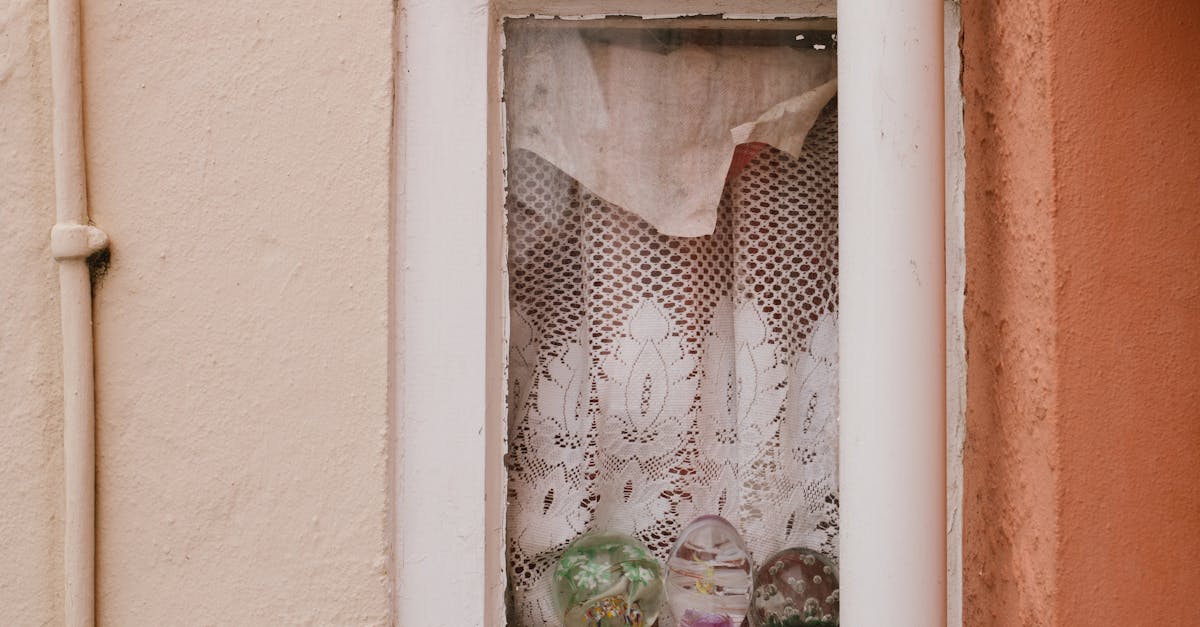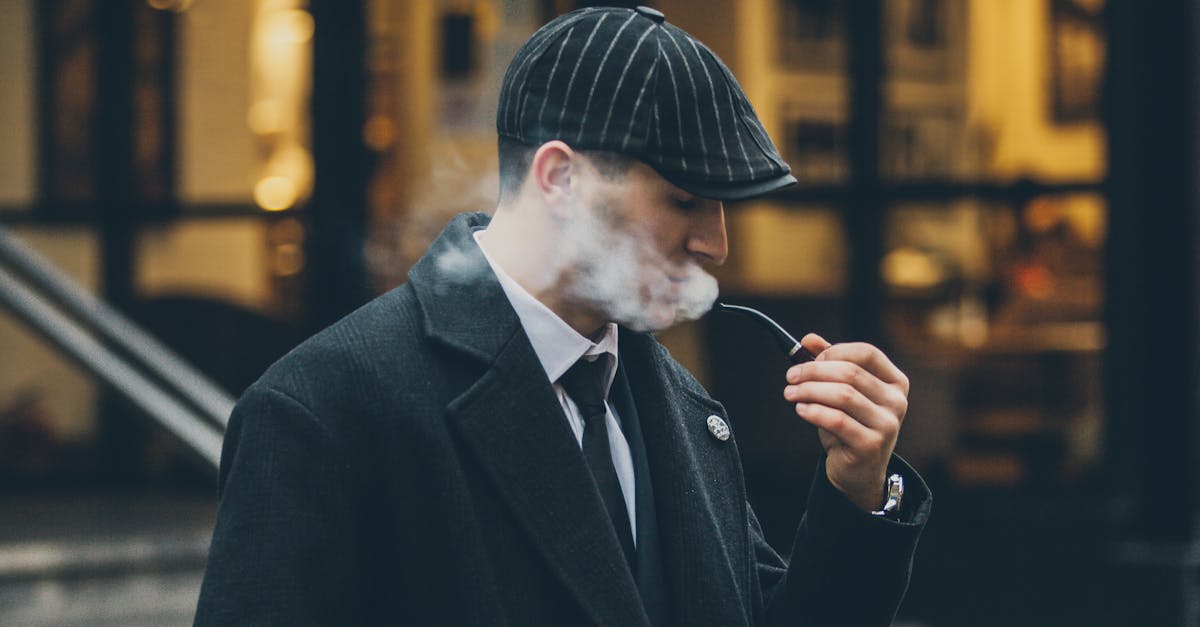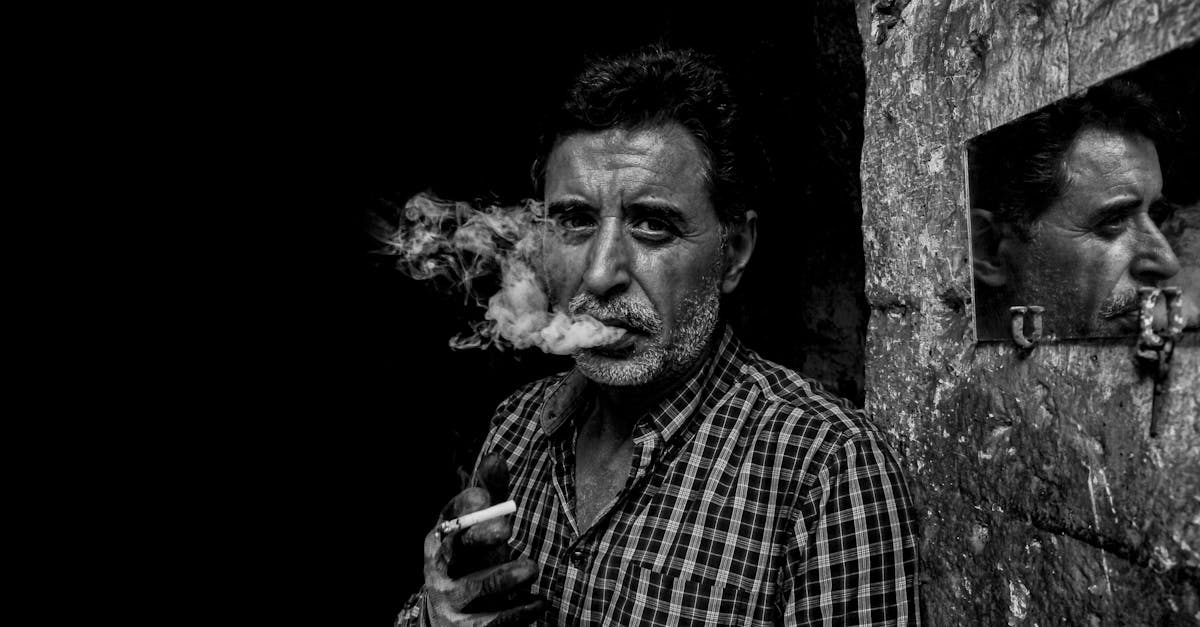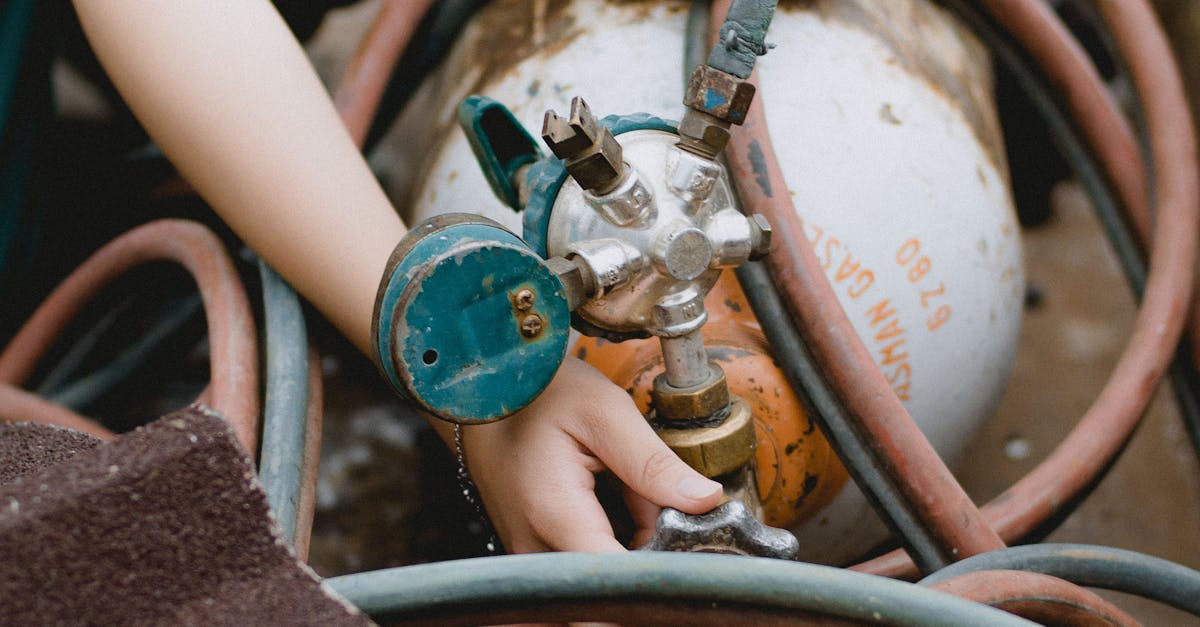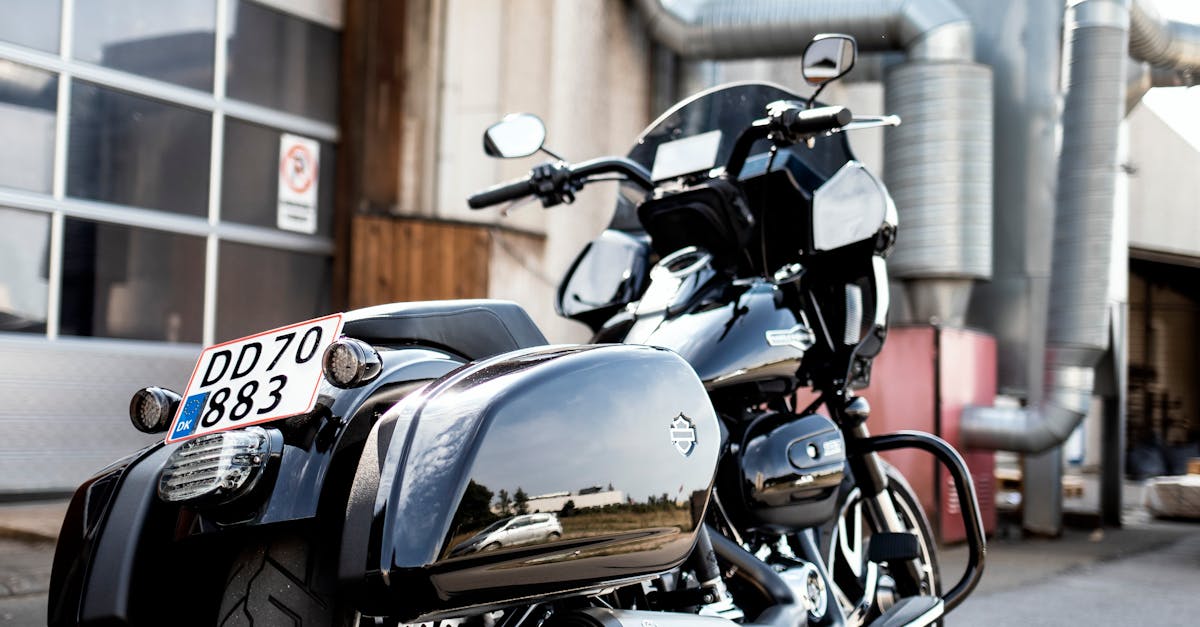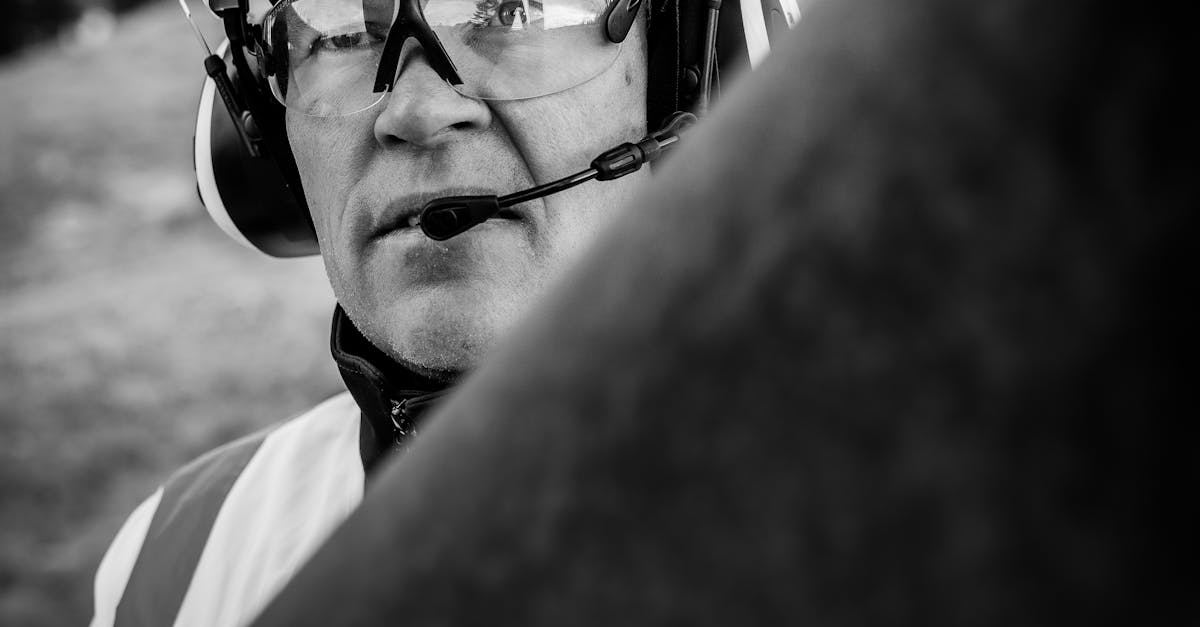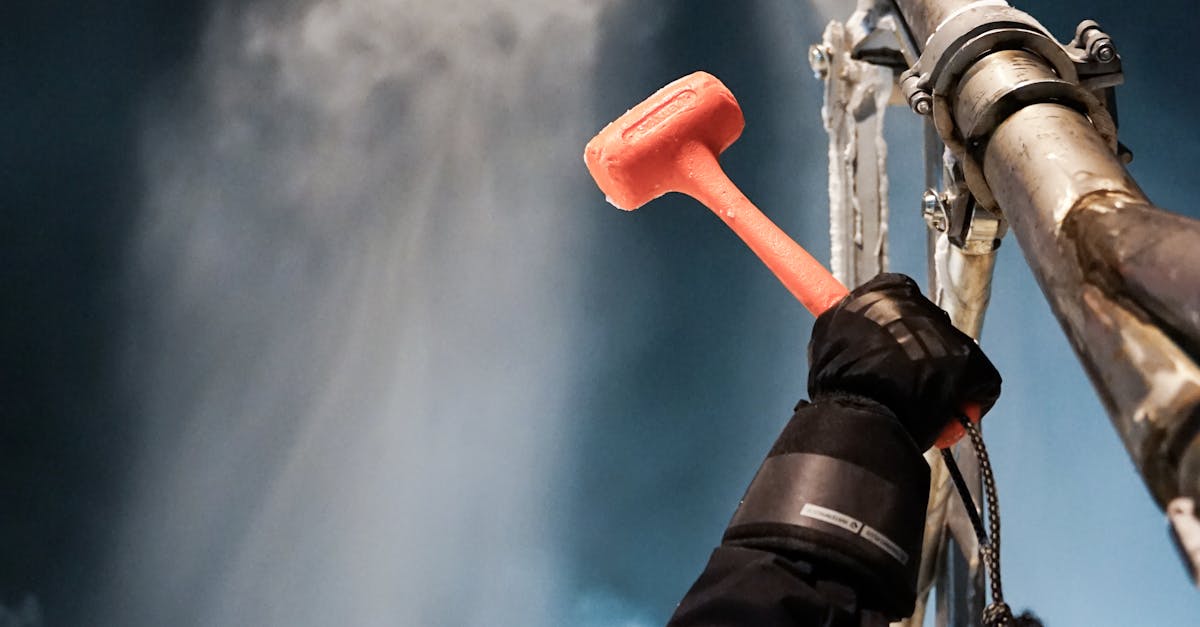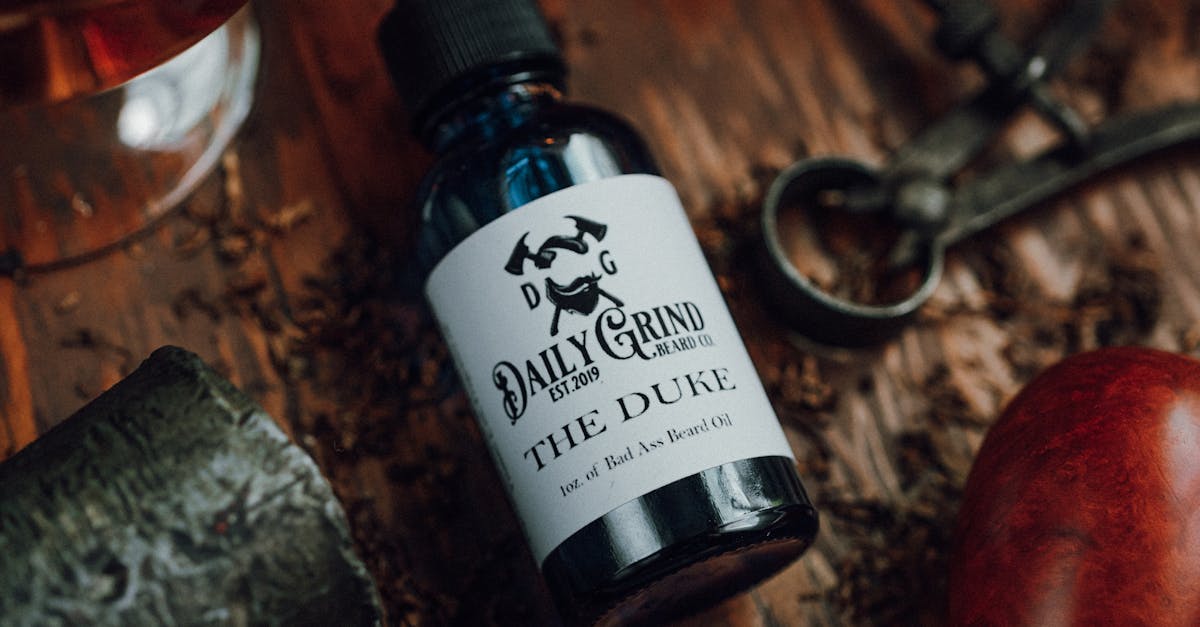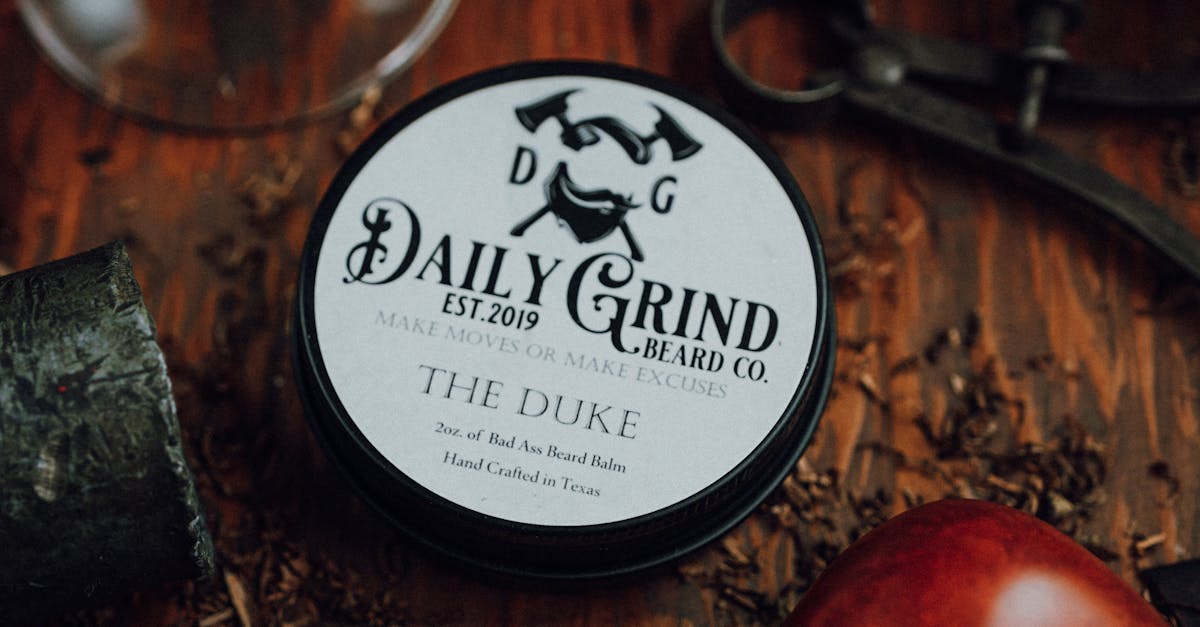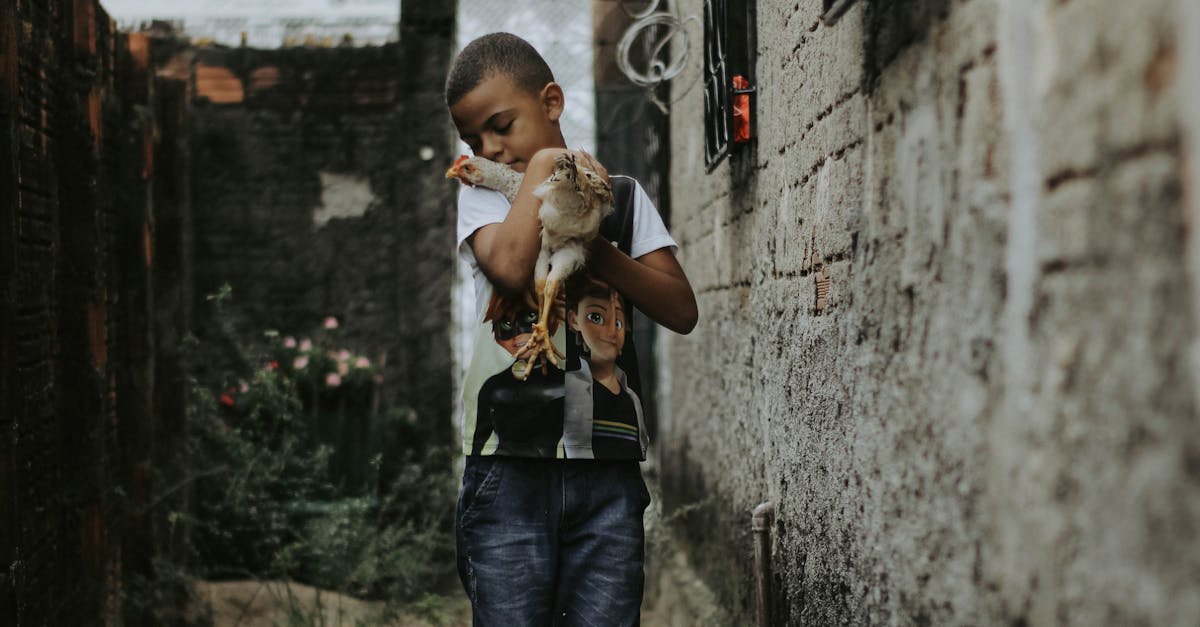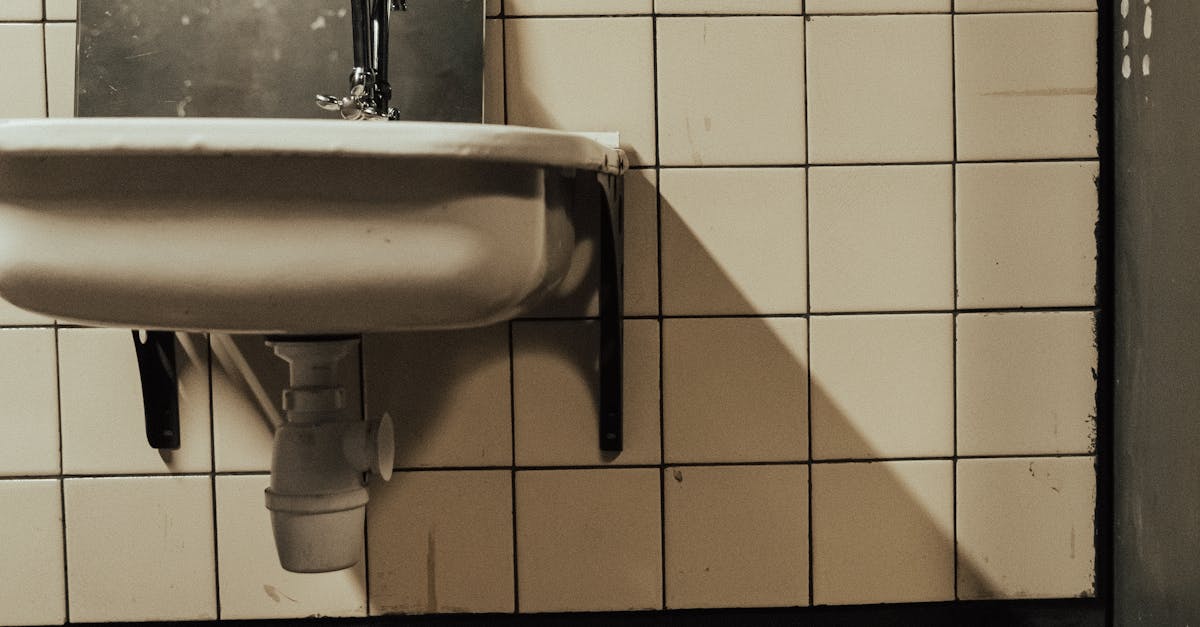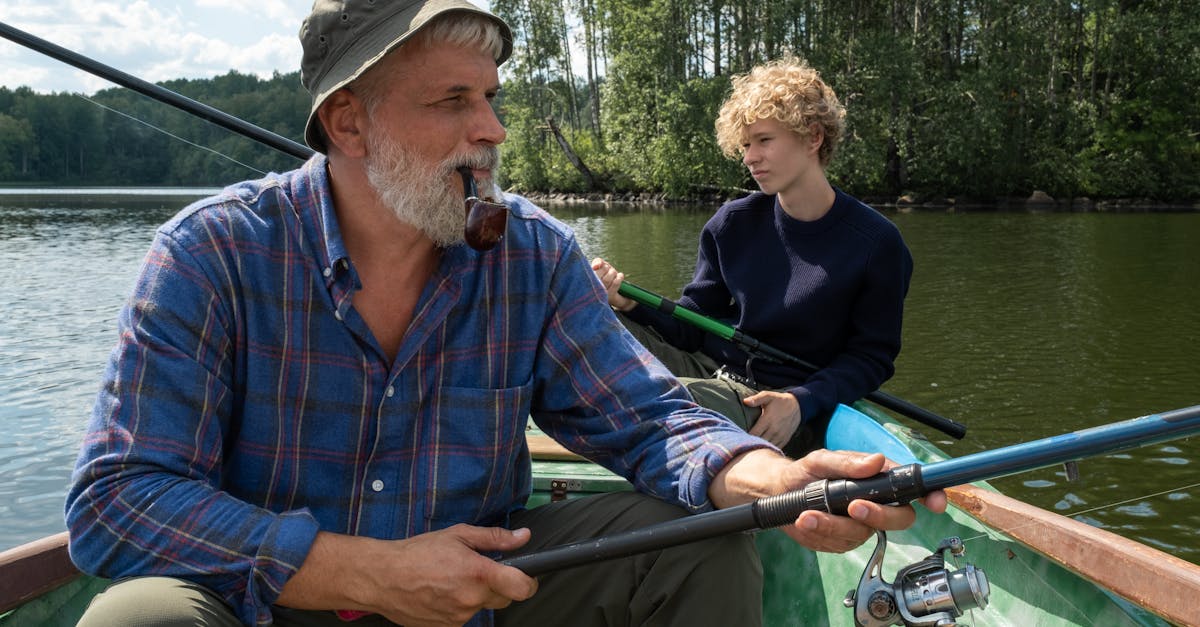
Table Of Contents
Differences Between Relining and Replacement
Relining involves installing a new lining within the existing PVC pipes, restoring their functionality without the need for extensive excavation. This method minimises disruption to landscapes and infrastructure, effectively sealing cracks and fixing leaks. In contrast, replacement requires complete removal of the old piping system, often leading to significant disruption and higher costs. While relining can also extend the lifespan of the pipes, replacement might be the better option in cases of severe damage or where the existing pipes are outdated.
Choosing between pipe relining and replacement often depends on the specific condition of the pipes, the extent of damage, and the surrounding environment. Pipe relining is typically favoured for minor issues like corrosion or small leaks, especially when access or damage to surrounding property needs to be minimised. On the other hand, if the pipe system shows extensive wear or is unable to perform effectively, replacement may offer a more permanent solution. Each approach comes with its advantages and drawbacks, making it essential to assess the unique situation before deciding on the appropriate method.
When to Choose Relining Over Replacement
Deciding between pipe relining and replacement depends on various factors, including the condition of the existing pipes and the extent of damage. If the pipes have minor cracks, tree root intrusion, or blockages, relining can effectively restore their integrity without significant disruption. This option is ideal for situations where the structural damage is not severe and further costs associated with digging up and replacing pipes would be substantial.
In cases where pipes are extensively degraded or have multiple severe breaks, complete replacement may be the more appropriate path. Additionally, if the existing piping material is inherently problematic or unsuitable, relining may not provide a long-term solution. Assessing the specific circumstances of the plumbing system can help determine whether pipe relining offers a viable and economical solution compared to traditional replacement methods.
Potential Limitations of PVC Pipe Relining
While pipe relining presents a cost-effective alternative to complete pipe replacement, it does come with limitations that homeowners must consider. One significant drawback is the potential for partial blockages. If the original piping has extensive damage, relining may not effectively address all issues, leading to recurring problems. The condition of existing pipes can affect how well the new lining adheres, which can compromise the overall integrity of the repair.
Another limitation is the time required for the relining process. Depending on the complexity and length of the pipes, pipe relining may take several hours or even days to complete. In some cases, accessibility to the damaged section can pose a challenge, especially if it is buried deep underground or behind walls. This can increase labour costs and extend the disruption to homeowners. Effective planning and assessment of the existing pipe condition are crucial to ensure that relining is the right choice.
Challenges in the Relining Process
Pipe relining offers a cost-effective alternative to traditional pipe replacement, yet it comes with its own set of challenges. One major hurdle involves the condition of the existing pipes. If the pipes have significant structural damage or extensive blockages, the relining process may become complicated and less effective. In such cases, thorough assessments are essential to ensure that the pipe can accommodate the relining material without compromising its integrity.
Another challenge lies in the technical execution of the relining procedure. The installation requires skilled technicians who are familiar with the specific techniques and materials used in pipe relining. Ensuring that the liner adheres correctly to the pipe walls is crucial for preventing future leaks or failures. The presence of bends or connections within pipes can further complicate the relining process, making precise handling and expertise even more vital for a successful outcome.
Maintenance After PVC Pipe Relining
After pipe relining is completed, ongoing maintenance plays a crucial role in ensuring the longevity and effectiveness of the newly relined pipes. Regular inspection is essential to catch any potential issues early, this includes checking for signs of leaks or blockages. Keeping the surrounding area clear of debris can prevent external damage and maintain optimal functioning. Routine assessments by a qualified professional can help identify any developing problems before they escalate.
Homeowners should also be mindful of the substances being flushed through the pipes. Avoiding harsh chemicals and non-biodegradable materials can significantly reduce the risk of damage to the relined pipes. Simple practices, such as using strainers to catch food particles and ensuring that oil or fats are not poured down the sink, support the integrity of the pipe relining. By adopting these maintenance strategies, the effectiveness of the relined pipes can be maximised, offering a durable solution for years to come.
Best Practices for Care PostRelining
After undergoing pipe relining, it's essential to maintain the integrity of the relined pipes to ensure their longevity and optimal performance. Regular inspections can help identify any potential issues early. Homeowners should keep an eye out for any signs of leaks or unusual noises. Addressing minor problems promptly can prevent more significant issues down the line.
Additionally, be cautious about what goes down the drains. Avoid flushing non-biodegradable materials or pouring grease and oils into the pipes. These substances can lead to blockages, compromising the effectiveness of pipe relining. Keeping the plumbing system clear of harmful debris will enhance the durability of the relined pipes and reduce the need for costly repairs in the future.
FAQS
Can PVC pipes be relined?
Yes, PVC pipes can be relined using various techniques, which involve inserting a new lining within the existing pipe to restore its functionality without the need for complete replacement.
What are the main differences between relining and replacement of PVC pipes?
Relining involves applying a new liner inside the existing pipe, preserving the original structure, while replacement entails removing the old pipe entirely and installing a new one. Relining is often less invasive and can be more cost-effective.
When should I choose relining over replacement for my PVC pipes?
Relining is typically chosen when the existing pipes are structurally sound but have issues like leaks or blockages. If the pipes are severely damaged or collapsed, replacement may be the better option.
Are there any limitations to PVC pipe relining?
Yes, some potential limitations include the existing condition of the pipe, the type of relining material used, and the diameter of the pipe. In some cases, relining may not effectively address severe structural issues.
What maintenance is required after PVC pipe relining?
After relining, it's important to follow best practices such as regular inspections, avoiding harsh chemicals, and maintaining proper drainage to ensure the longevity and functionality of the relined pipes.
